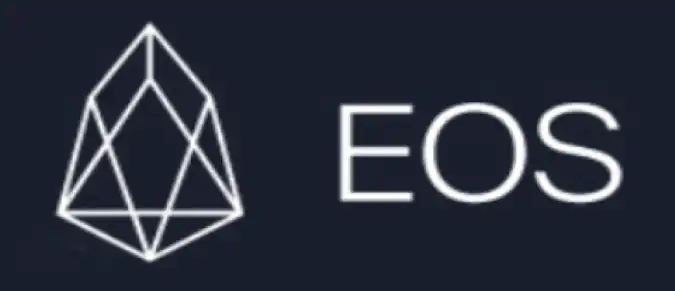EOS - a next-generation blockchain ecosystem that continues to receive significant media coverage for its record-breaking ICO and unique features. It is important to note that the EOS.IO ecosystem entered the market with the aim of simplifying the programming and integration of smart contracts and the development of decentralized applications (Dapps).
Contents:

History of EOS
The history of EOS begins in 2017 with the release of the company's white paper. The developers say the goal is to implement a Dapp development platform that can securely process thousands of transactions per second. It is important to note that EOS aims to become the leading operating system for decentralized applications.
ЕOS - a blockchain-based open source software, released on June 1, 2018. What is unique is that EOS decided to take a different approach to the market during its record breaking ICO. The ICO, which lasted a whole year, officially began on June 26, 2017. Within a year of its launch, Block.one distributed one billion ERC-20 tokens. At this time, the EOS.IO blockchain was not available, so the developers decided to issue a token on the Ethereum blockchain to raise funds. The strategy paid off in large part due to EOS receiving over $4 billion during the event. These funds went directly to the completion of the EOS blockchain and ecosystem.
Blockchain benefits
EOS describes its consensus mechanism as delegated proof of interest. To protect the network, only holders of EOS tokens on the blockchain can vote for "block producers" - those who are responsible for verifying transactions and creating new blocks on the blockchain. Ecosystem benefits:
| Feature | Description |
|---|---|
| EOS block production time | Block producers are rewarded with EOS tokens for each block they add to the blockchain. Instead of miners, EOS relies on people and voting to secure the blockchain. Blocks are produced every 15 seconds, compared to 10 minutes on Ethereum and Bitcoin. |
| Publishing and voting EOS | Block producers can publish the EOS rewards they expect to receive. The number of EOS tokens awarded for produced blocks is based on the median value of expected wages published by all block producers. Token holders have the right to vote on the amount paid to block producers. |
Before EOSIO, Ethereum was the platform of choice for dApp developers. EOS aims to address the three main challenges, faced by its predecessor: speed, scalability and flexibility. That's why it's called the "Ethereum killer". While the Bitcoin blockchain can handle around four TPS and Ethereum around 15 TPS, the EOS network can handle up to 10,000 TPS.
EOS token
The EOS token - the network's native token. Developers must own EOS tokens to access network resources and to create and operate dApps. Token holders who are not running any applications can rent their bandwidth and earn staking rewards. Mining of EOS coins is not possible due to the use of a delegated staking confirmation mechanism. EOS block producers will receive new EOS coins as a reward for the blocks they create. The number of produced coins will be determined, based on the average cost of payment that block producers expect to receive for their work.





